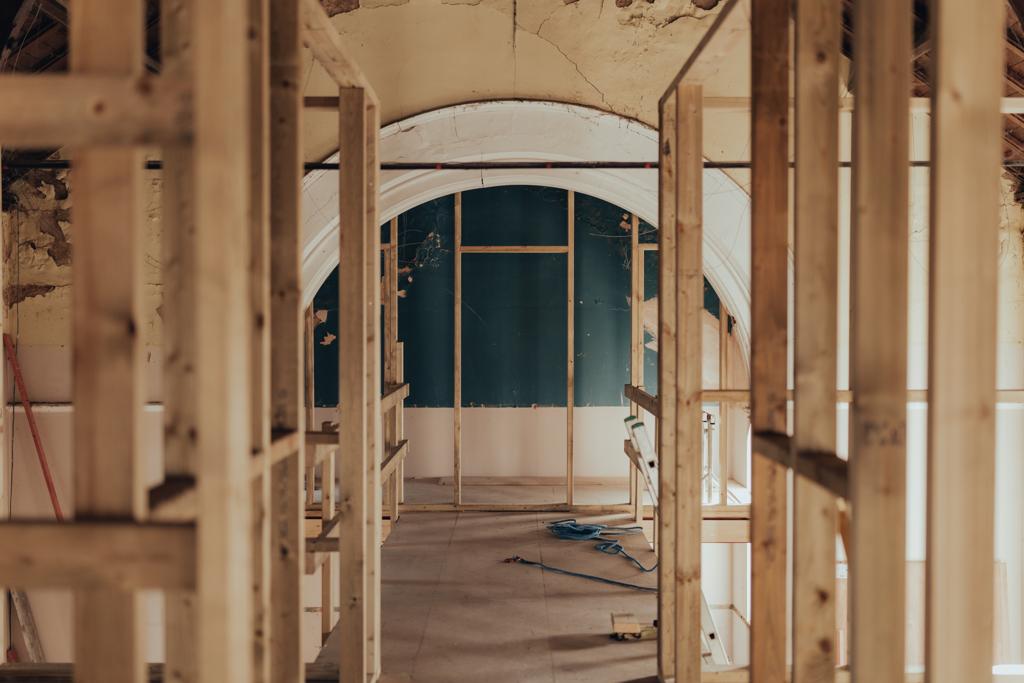
The benefits of the rise in apprenticeships in construction
Finally, some good news. After years of decline, apprenticeship stats for the construction industry have risen for the first time in three years. In recent times we’ve been more used to seeing the number of people starting apprenticeships in construction and planning whither away. But, if latest figures continue, 2022 will be the first year the number has increased since the launch of the government’s Apprenticeship Levy.
The stats show that from August 2021 to January 2022, the construction industry registered 20,500 new apprenticeships – that’s up from 16,100 in 2020, and 13,100 in 2019 for the same period.
This good news is also compounded by the rise of employers who are actually recruiting apprentices. In 2016, only 23% of employers opted to do so. Today, 27% of employers in the sector now employ apprentices. Plus, this year has also seen a rise in the likelihood of employers offering apprenticeships in the future, showing a 2% increase since 2018.
The Construction Leadership’s (CLC) skills lead, Mace chief executive Mark Reynolds, said these figures reflect the work the Department for Education and the Construction Industry Training Board have done to address the apprenticeship shortage.
“Construction organisations and industry bodies have been working collaboratively to increase apprenticeship starts”, he said. “From initiating Talentview as a one-stop-shop for employers, to over £2.3m in levy transfer pledges from construction employers, we have been driving efforts to boost the number of apprenticeships in our sector.”
It comes as no surprise that the pandemic impacted the number of apprenticeships starts in previous years. However, Suzanne Nichol, Build UK chief executive, has said Covid-19 has now spurred the groups “intent on improving the journey from education to employment” but warns “just 25% of students in construction related training go onto careers in the industry.” A fact that surely needs addressing to ensure the future innovation and success of the industry at large.
However, with an attractive rise in raises across the industry over the past 12 months, the appeal for entering the sector – and in developing it – could be about to change. In 2021, employment in the building industry had steady growth at 0.5%, but with an average wage growth of 5.1% – the fastest increase of any industry across the UK. This is due to the industry’s fear of skills shortages, a promising proposition to fresh talent. Plus, with experts warning this level of wage growth is unsustainable, widening the talent pool may well be an ideal well to stabilise this growth.
Whether the progression in apprenticeship starts indicates a return to pre-pandemic levels, or rather flags up a break in the trend of decline seen before the pandemic, remains unclear. What is important to note however is that the recruitment pool has potential. Of course the looming economic uncertainties we now face, plus disruption in supply chain and rising material costs mean builders, architects and homeowners alike are unsure – not only whether they can withstand the financial impact of expanding and diversifying, but also of the options available to them.
Only time will tell which way the tide will turn, but there are resources available which make it easier to understand and calculate the positive avenues available to help kickstart projects and accelerate growth.
With ProntoCalc, you can get a clear picture of exactly how much a project cost – and in real time. Price any project, of any size, in any location in 2 hours or less, enabling you to price your project right and giving you the headspace you need to focus on the bigger picture – the future of your business.
Interested? You can start a 14-day free trial here.



